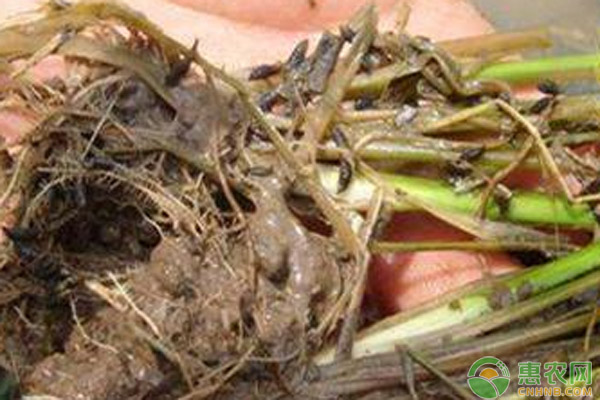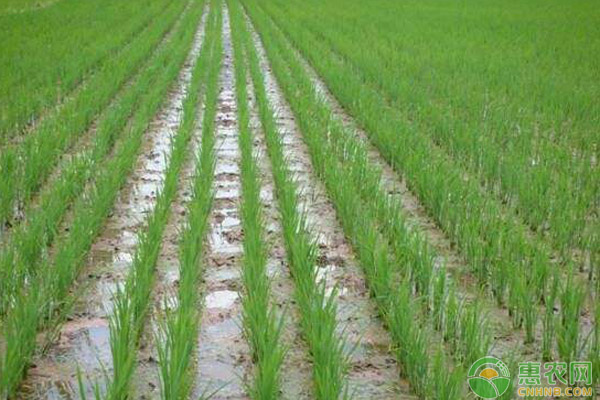Rice is grown in both north and south of China and is the main crop grown in China. During the rice planting process, some people reported that their own rice had symptoms of root rot during the seedling stage. Then why did the rice root rot? Let us look at some of the causes that affect the root rot of rice. When root rot occurs in rice seedlings, it is usually caused by the following conditions: 1. Toxic substance poisoning In the field, excessive organic fertilizer or low-temperature drainage is used. When the fertilizer is decomposed and decomposed under low-temperature and anoxic conditions, hydrogen sulfide, organic acid and other reducing toxic substances, or soil sludge fields are affected, and hydrogen sulfide in the soil is poisonous. Most of the material remains poisonous, the roots are black, and in severe cases the roots rot and die. Second, rice rotten caused by When the seedlings frequently encounter low temperature effects during the growth period, the soil weak parasitic bacteria or saprophytic bacteria will damage the root system, affecting the water absorption and fattening function of the seedlings, causing the rotten rice to occur, and then the seedlings appear dry or yellow dead. Third, the root rot is harmful When the soil for planting rice is not well ventilated, or when the water layer is deep, the oxygen required for rice growth is insufficient, and it is generally easy to cause root rot damage, resulting in brown rot of the root system. Fourth, the impact of phytotoxicity or fertilizer Herbicides and fertilizers are generally used in rice fields. If the herbicides are used improperly or the fertilizers are used improperly, which may cause phytotoxicity or fertilizer damage, sometimes root rot and other symptoms may be caused. 1. Preventive measures: In rice cultivation, it is necessary to select suitable varieties according to the region, and it is necessary to do so in a timely manner. Do not use excessive organic fertilizer or under-fertilized fertilizer when planting. When we insert rice seedlings, the planting should not be too deep, and the rice seedling period should not be long-term deep water, and the field should be shallow. Then, the soil test formula fertilizes and cultivates the robust plants. When the herbicide is used, it is scientific and reasonable, and then the robust plants are cultivated to enhance the resistance to disease and disease, and the diseases such as root rot can be prevented. 2. Governance measures: Poisonous substances caused by poisonous substances should be drained in the field in time, and combined with foliar spray of Bibao or Brassino plus American Star plus potassium dihydrogen phosphate plus Antaisheng environment to improve control, resulting in timely replanting of the seedlings. For the field caused by rotten sputum, it is advisable to use 25% metalaxyl 800 times liquid in time, or the agent such as dixon or nail cream, plus Ang Libang or Baohefeng spray, and the root rot should be drained in time. Tian, ​​and combined with the use of Jiaxufu or carbendazim, etc., Jia An Taisheng plus potassium dihydrogen phosphate spray. If the roots are rotted due to phytotoxicity or fertilizer damage, it is advisable to apply water and change water 2-3 times in time to reduce the concentration of fertilizer or fertilizer in the field, and combine the spraying of Bibao or Brassino with American Star to ease control. In the case of root rot and dead seedlings, it is advisable to replant or replant in time. The consequences of rice root rot are rice death, or rice growth is not good, in general, the rotten roots affect the rice yield problem, so farmers must pay attention. Try to see what causes the rotten roots and then find the right solution. China Extract Powder For Use As Dietary Supplement Extract Powder, Extract Powder Manufacturer Shaanxi Kang New Pharmaceutical co., Ltd. , https://www.bodybuildingoil.com

